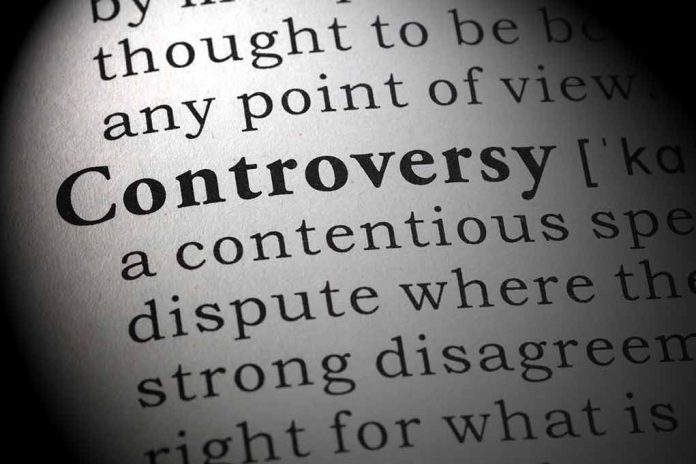
Critical Race Theory’s influence on K-12 teacher certification sparks debate over educational diversity and reform.
At a Glance
- Critical Race Theory (CRT) in K-12 education has become a contentious issue.
- Some states have implemented bans on teaching CRT-related concepts.
- Teachers express concerns about the impact on curriculum and classroom discussions.
- Critics argue for reforms in teacher certification to promote diverse perspectives.
- Debate continues over the appropriate role of CRT in K-12 education.
The Controversy Surrounding CRT in K-12 Education
The debate over Critical Race Theory (CRT) in K-12 education has intensified, with some states implementing laws to restrict its teaching. Tennessee’s “Prohibited Concepts in Instruction” law, for example, aims to prevent certain discussions related to race and gender in classrooms. Critics argue that such bans limit teachers’ ability to address important historical and current racial issues effectively.
The recent debate around these laws has led to different interpretations, with some teachers choosing to be cautious in their approach. In Tennessee, educators have noted adjustments in their curriculum, with administrators opting to focus on traditional history topics and foundational American values, leaving out more divisive contemporary topics. Supporters argue that these changes help maintain a balanced and respectful learning environment that fosters unity, while ensuring students learn about America’s founding principles without politically charged influences in the classroom.
Impact on Teacher Certification and Curriculum
The debate over CRT has extended to teacher certification processes and curriculum development. Critics argue that university-driven educational models influenced by CRT may limit diverse perspectives in teaching. Some advocate for reforms in state-based teacher certification processes to break away from traditional university routes that could perpetuate specific ideologies.
“Our curriculum is deeply using critical race theory, especially in social studies, but you’ll find it in English language arts and the other disciplines,” Detroit Public Schools Superintendent Nikolai Vitti said at a Nov. 9 board of education meeting. “We were very intentional about creating a curriculum, infusing materials, and embedding critical race theory within our curriculum.”
The Heritage Foundation, a conservative think tank, has recommended ending state requirements for teacher certification and increasing transparency in public school curricula. They argue that this would allow for a broader array of teaching preparation sources and ensure a more balanced educational environment for students.
Teachers’ Responses and Resistance
Many teachers have expressed opposition to laws restricting CRT-related concepts, with some willing to face potential job loss to teach what they consider accurate history. The Zinn Education Project and other organizations have emerged to support teachers in pledging to teach history honestly, despite potential restrictions.
“They’ll have to write a better law for it to affect anything that I do,” says a new college student considering teaching as a career.
At the same time, some prospective teachers are reassessing their career paths, given the clearer guidelines these laws establish for addressing divisive concepts in the classroom. While some raise concerns about these laws impacting teacher recruitment, others argue that a return to traditional, unifying history education will encourage dedicated teachers who value respect and balanced perspectives in the classroom.
The Ongoing Debate
The discussion surrounding CRT in K-12 education remains heated. Proponents argue that it’s crucial for understanding systemic and institutional racism. Critics, however, express concern about the potential negative effects of teaching CRT to young children, such as undermining their belief in educational equality.
“A Black student who walks away from social studies class with the knowledge that our educational system favors whites could then enter a math classroom and attribute her wrong answers to systemic bias,” writes Kappan.
As the debate continues, it’s clear that achieving a balance between teaching American history and promoting a respectful, unified classroom environment is a key focus for educators, policymakers, and communities across the United States. Many believe that fostering an educational environment rooted in shared values and patriotism, while thoughtfully addressing topics of race and equity, is essential to preparing students for a diverse and connected society.














